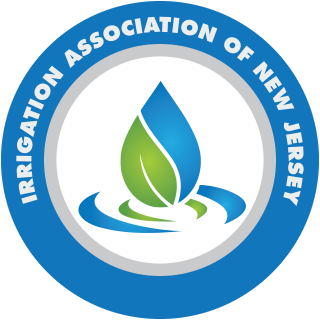Velocity of Flow and Water Hammer
by Michael B. Haener, C.I.D.
This month we will address two elements common to water flowing in all piping systems—Velocity of Flow and Water Hammer.
Velocity of Flow is the speed of water moving in a closed piping system. As water moves through a piping system pressure is exerted on valves, fittings and changes of piping direction, as the speed of the water increases, the pressure exerted on the piping system and fittings increases.
To ensure long term reliability of the piping system, fitting and joints, the piping system should always be designed to ensure that all velocities remain below a specified velocity measured in feet per second (fps)—typically between 5-7 fps. Exceeding 7 fps will reduce the long term operating reliability of the piping system and can cause premature failure of fittings and pipe joints.
Although the quickest and easiest way to determine pipe velocities is with a velocity chart available from pipe manufacturers, it is also helpful to have the formulas available to determine flow velocities in the field.
The formula used to calculate velocity in pipe is:
Q
V = 0.408
d2
Where:
V = Velocity in feet per second (fps)
Q = Flow in gallons per minute
d = Inside diameter of pipe in inches
0.408 = Constant used to convert units into feet per second
Example:
What is the velocity of flow for a 1" polyethylene lateral pipe (1.049" ID) with a flow rate of 8 GPM?
V = 0.408 8
(1.189)2
V = 8
1.41
V = 5.67 fps
As water moves through the piping system it develops a force which acts upon the valves, fittings and any change in piping direction. Because water is non-compressible, the force increases as the velocity of the water is suddenly reduced, causing a back pressure wave or "water hammer." If the water hammer pressures are substantial, the back pressure could rupture pipe and blow apart fitting joints. The back pressure wave usually occurs as a result of a fast closing electric solenoid valve.
When designing an irrigation system, it is necessary to calculate the water hammer characteristics of the piping system to ensure that excessive back waves to not damage or reduce the life expectancy of the piping system and joints.
The formula below can be used to calculate the total pressure developed in a closed piping system by using the velocity of the water, operating pressure and time of the velocity reduction.
Pt = Po + (V x L x 0.07)
t
Where:
Pt = The total pressure developed in the closed system, in psi
Po = The operating pressure at the time of the water hammer, in psi
V = Velocity of the water at the time the reduction occurred, in fps
L = Length of straight pipe between source and point where reduction of velocity occurred, the longest section, in feet (straight pipe means no tee’s or ell’s)
t = Time during which the velocity was reduced, in seconds (valve closure times are typically available from the manufacturer of the valve being used)
0.07 = constant used to convert velocity, length and time into pressure
Example:
An electric solenoid valve has a hydraulic closure rate of 1.5 seconds. The dynamic pressure (system operating pressure) at the time of closure is 65 psi at a velocity of 5.5 fps. The longest length of uninterrupted piping between the source and the valve is 250’.
Pt = 65 = (5.5 x 250 x 0.07)
1.5
Pt = 161.25
1.5
Pt = 107.50 psi
Designing an irrigation system with these two factors in mind will ensure the long term integrity of the piping system, fittings and joints.
